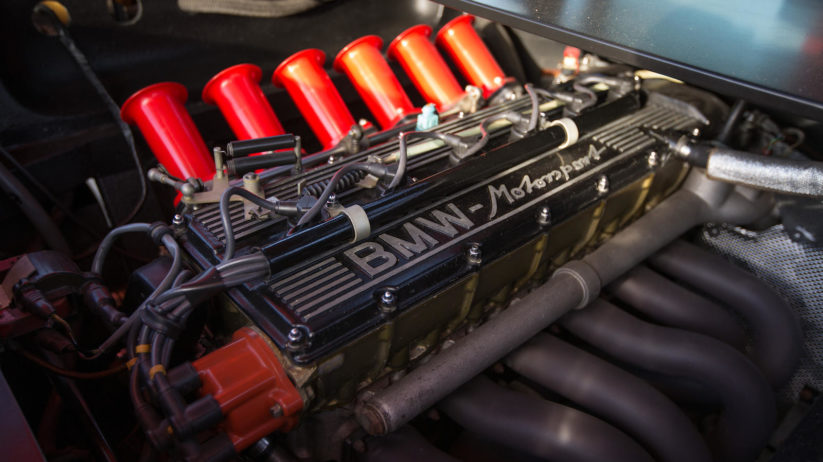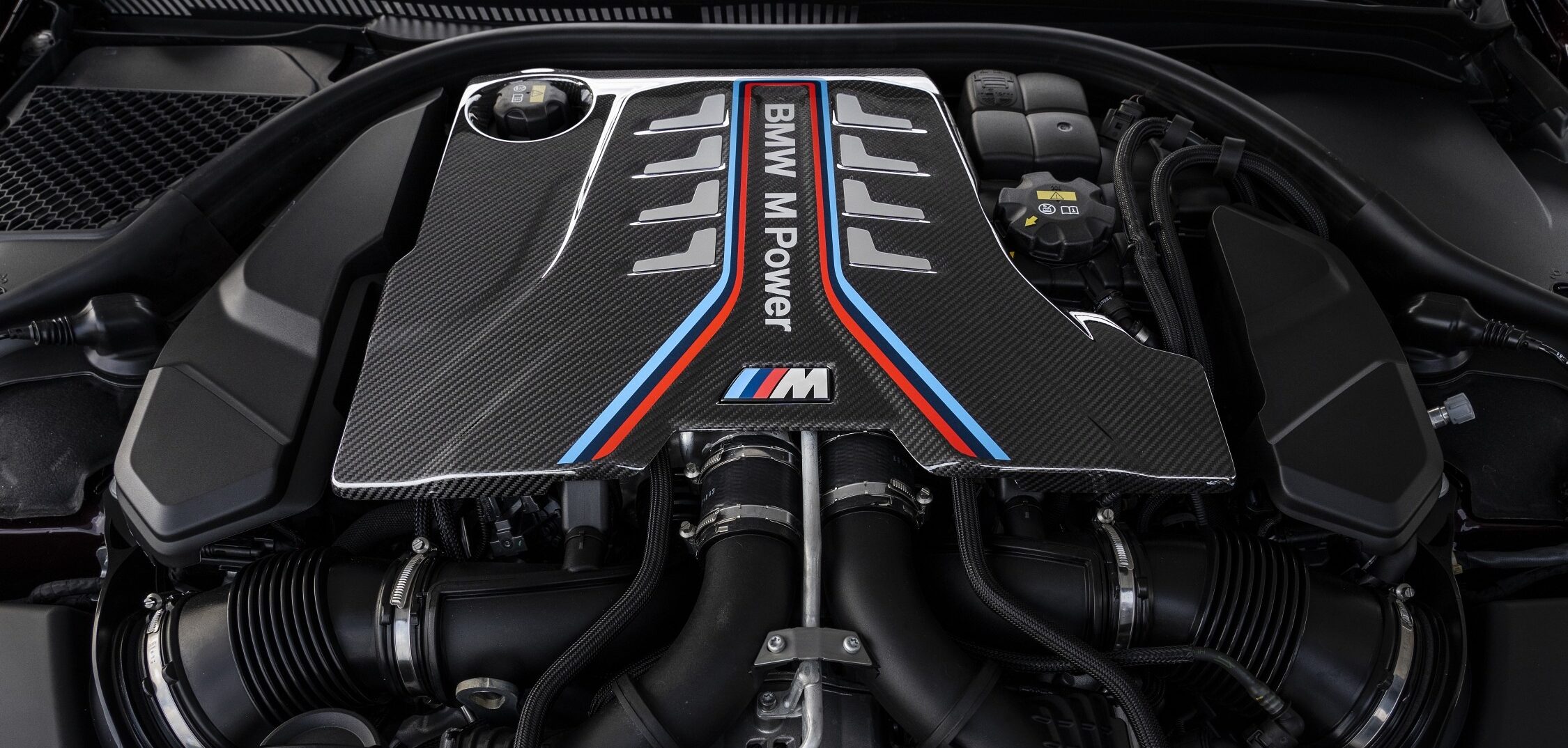The Duty of BMW Engine Style in Getting Exceptional Fuel Efficiency
The Duty of BMW Engine Style in Getting Exceptional Fuel Efficiency
Blog Article
Discovering the Advancement of Burning Engines in Modern Transport Equipments
As we navigate the landscape of contemporary transportation, the evolution of combustion engines stands as a testament to human ingenuity and engineering expertise. The interplay of background, innovation, and ecological concerns in forming the trajectory of burning engines develops a story that is both informative and engaging.
Very Early Beginnings of Combustion Engines
Just how did the principle of combustion engines first arise in the beginning of transportation development? The roots of burning engines can be traced back to the 17th century when the principles of inner burning were very first discovered. In 1673, Christian Huygens conceived a fundamental interior combustion engine that used gunpowder to generate power. Nevertheless, it had not been till the late 19th century that practical applications of combustion engines in transport began to emerge.
The breakthrough moment included the invention of the first effective gasoline-powered engine by Karl Benz in 1885 - bmw engine. This engine paved the means for the advancement of the contemporary auto, reinventing transportation systems worldwide. Subsequent developments by Nikolaus Otto and Gottlieb Daimler further refined burning engine innovation, bring about the automation of cars and the quick expansion of the transportation market
These very early burning engines were characterized by their simplicity and performance, laying the structure for the complex and effective engines used in contemporary transportation systems. The development of burning engines has been crucial in forming the way we take a trip and move items, marking a significant turning point in the background of transportation advancement.
Shift to Internal Burning Innovation
The change to interior combustion technology noted an essential shift in the evolution of transportation systems. This shift started in the late 19th century, with developers like Nikolaus Otto and Gottlieb Daimler creating the first successful interior combustion engines. These engines transformed transport by providing a more effective and effective alternative to heavy steam engines and electric motors.
Among the essential advantages of internal burning engines was their ability to be reduced to match lorries, bring about the development of motorbikes and autos. This shift from bulky, fixed engines to portable, mobile ones led the way for the contemporary transportation systems we see today.
The shift to internal burning innovation additionally spurred improvements in fuel innovation, causing the growth of gasoline and diesel as key fuel sources for cars. This change not just made transport more easily accessible to the masses but additionally laid the structure for the oil and gas industry to end up being integral to international economies.
Effect of Combustion Engines on Transport
The fostering of burning engines in transportation systems catalyzed a profound shift in the performance and rate of worldwide wheelchair. Combustion engines revolutionized transportation by providing a reputable and flexible source of power for various vehicles, including cars, vehicles, planes, and ships. This advancement considerably boosted the ability for individuals and goods to relocate over fars away in much shorter timespan, leading to enhanced connectivity in between areas and nations.
Moreover, the widespread use of combustion engines has had a significant effect on economic growth. The capacity to carry products successfully has actually spurred trade and business, permitting companies to broaden their markets and get to consumers worldwide. This has actually promoted financial growth and globalization, as products can now be transported much faster and in bigger amounts than ever.
Nevertheless, the ecological effect of burning engines can not be forgotten. The burning of nonrenewable fuel sources has actually resulted in air contamination and greenhouse gas emissions, adding to environment change and posing health and wellness risks to populaces. bmw engine. Because of this, there is an expanding emphasis on establishing alternate propulsion innovations to alleviate these unfavorable impacts and develop a more lasting future for transport
Advancements in Burning Engine Layout
Countless developments in burning engine design have driven the development of transport systems over the years. One significant innovation is the advancement of turbocharged engines, which make use of exhaust gases to drive a wind turbine that compresses incoming air, allowing for even more gas to be scorched, causing boosted power result without a significant rise in engine size. Additionally, straight shot innovation has enhanced gas effectiveness and performance by precisely controlling the quantity and timing of fuel injected right into the burning chamber. Variable shutoff timing systems have also revolutionized engine design by maximizing airflow at various engine speeds, enhancing both power and efficiency. An additional considerable innovation is the assimilation of light-weight read materials such as carbon fiber and aluminum alloys, lowering general engine weight and boosting lorry fuel economic situation. Improvements in computer-aided design have actually made it possible for engineers to maximize engine performance and effectiveness with simulations top article before physical prototypes are developed, conserving time and resources in the development procedure. These innovations jointly add to the constant enhancement of combustion engines in modern-day transport systems.
Future Trends in Burning Engine Growth
With technology advancements driving constant development, the future of combustion engine growth is poised to reinvent transportation systems around the world. One of the crucial trends in combustion engine advancement is the push in the direction of better performance and lowered exhausts.
An additional prominent fad is the adoption of crossbreed technologies in combustion engines. Hybrid engines incorporate conventional burning innovation with electrical power, supplying enhanced gas effectiveness and lower discharges. As the vehicle market shifts towards electrification, hybrid burning engines are seen as a transitional service that connects the space in between conventional lorries and completely electric ones.
Furthermore, the integration of clever innovations, such as expert system and data analytics, is expected to play a considerable function in the future of burning engine growth. These technologies can optimize engine performance in real-time, leading to more efficient burning processes and enhanced overall vehicle efficiency. Welcoming these future patterns will not just drive development in combustion engine growth however also add to a much more sustainable and eco pleasant transport ecological community.

Verdict
In final thought, the evolution of burning engines in modern-day transport systems has been marked by considerable innovations in innovation and design. From the very early beginnings of burning engines to the shift to inner combustion you could check here technology, these engines have had an extensive influence on transportation.
The roots of burning engines can be mapped back to the 17th century when the concepts of interior burning were first checked out. These engines revolutionized transport by using an extra effective and reliable alternative to heavy steam engines and electrical motors.

Report this page